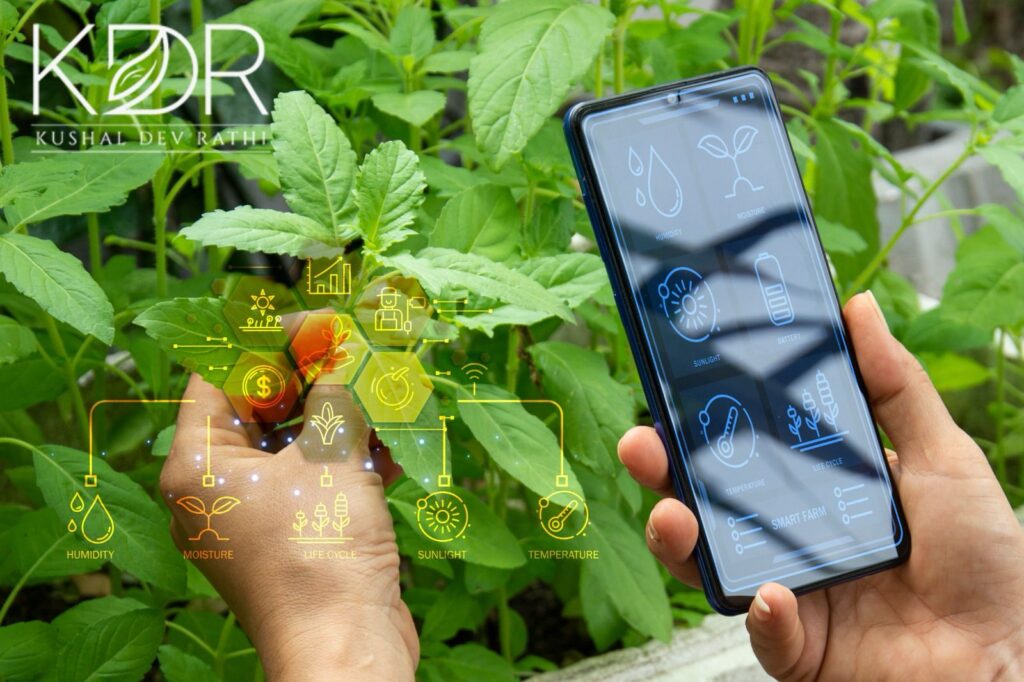India’s farmlands are witnessing a quiet leap—a second Green Revolution, this time powered by algorithms, sensors, and living soil.
From Punjab’s grain belts to Andhra’s horticulture hubs, AI-driven crop diagnostics, IoTbased irrigation systems, and drone monitoring are becoming the new norm. Farmers—once wary of tech—are now using apps that predict rainfall, guide seed selection, and optimize fertilizer use, often in regional languages.
What’s changed? Trust, backed by results. Farmer Producer Organizations (FPOs) are championing these innovations, while schemes like the Digital Agriculture Mission are ensuring access doesn’t remain limited to large landholders.
But AgriTech 2.0 isn’t just about hardware and code—it’s also about healing the land. Regenerative agriculture is being recognized not just as an eco-choice, but an economic imperative. Techniques like crop rotation, cover cropping, and natural composting are restoring soil health, reducing input costs, and increasing resilience to climate shocks.
Globally, this shift is aligned with FAO and IPCC calls for “climate-smart” agriculture. And with India’s agri-export value projected to cross $50 billion this year, global supply chains are watching closely.
If India gets this right, we won’t just feed ourselves—we’ll lead the world in farming that nourishes both people and planet.


